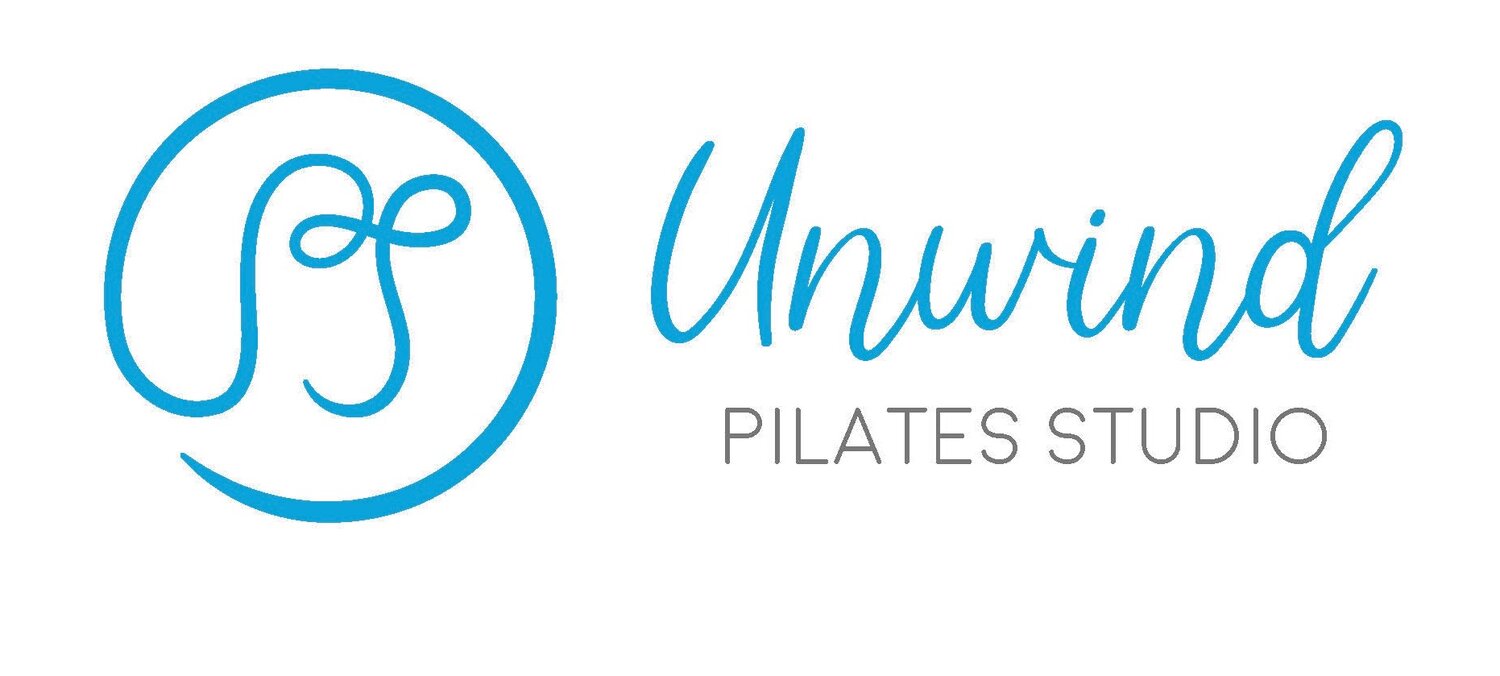Pelvic floor 101 - Part 3
Five things I want you to know about your pelvic floor
So this is the final blog post about your pelvic floor. We’ve discussed that your pelvic floor is a sling of muscles that reside at the base of your pelvis that holds your bladder, uterus and rectum inside your body. It also plays a role in continence and the management of intra-abdominal pressure. In the first blog we discussed what it was, and why relaxation was so important. Last week, we spoke about symptoms of pelvic floor dysfunction and what to expect in your first visit with a women’s health physio.
This week I will talk about some things you can do at home to help with the health of your pelvic floor and where to get some good quality information on different aspects of pelvic floor health (not just the facebook groups that often have a lot of anecdotes but not a lot of data).
Point 4
Things you can do at home to help your pelvic floor
This list will be short and sweet - some things are more difficult to control than others, so do what you can and work on the more challenging things over time.
Don’t get constipated - Straining to poo can exacerbate symptoms. Ways to aid this are to:
Drink adequate water
Get to know your poop - You’re aiming for a 4 on the bristol stool chart. If you’re not there yet then you probably need more water or fibre or both.
Eat enough fibre - aim for 30g a day. Are you eating fruit and vegetables with each meal? Try adding in one serve with each meal and track the difference. Need some more ideas of how to get more fibre? Check out this list and find some easy add ins
Add in some soluble fibre - simply head to your local pharmacy or even supermarket and have some with your water in the morning.
When you do go for a poop, make sure your knees are higher than your pelvis - you can use this fancy device or just pop a stool near the toilet to prop your feet up. It improves your bowel for easy elimination. Show a picture of the correct pooping position
If you are experiencing symptoms such as heaviness or dragging - lie down and put your feet up the wall or on a cushion for 5-10 minutes. It will help to reverse the effect of gravity and should lessen the symptoms at that moment. Picture of legs up the wall
Get to know your pelvic floor - how it feels when you contract, relax, jump, run, sit, stand etc so you can tell if there is something not quite right. If you are experiencing any of the symptoms mentioned in the previous blog post (link to blog 2), take it as a sign that something isn’t quite right and get it assessed.
Talk about it if you feel comfortable. The more we all talk about it, the better it will be for all of us. Make it a regular part of your conversation because chances are, someone else has experienced things too.
If you’ve made it this far, you’re hopefully feeling better acquainted with your pelvic floor. I hope you are feeling more confident in noticing symptoms and where to turn if you want to address them. My final point is that there is a lot of crap on the internet. A lot of misinformation and a lot of personal opinion. I want you to get unbiased information from quality resources so you can make informed decisions about how to help your pelvic floor. Below are a range of brilliant resources where you can get more information.
National Continence Hotline - 1800 33 00 66
Continence Foundation Australia
Jean Hailes for women’s health
Australasian Birth Trauma Association
The Royal Women’s Hospital - Melbourne
Association for pelvic floor organ prolapse support
Have you recently had a child and want to make sure you support your body in returning to strength? The Unwind Pilates Studio Post Natal Program may be just what you need in your life right now. Have older kids and want to build strength and flexibility all over? Then the Unwind Pilates online membership may be worth a look.
